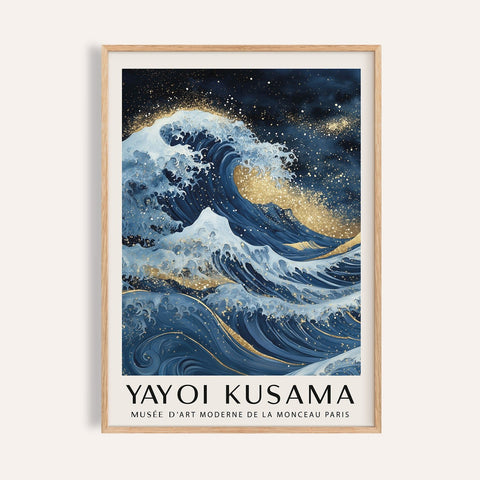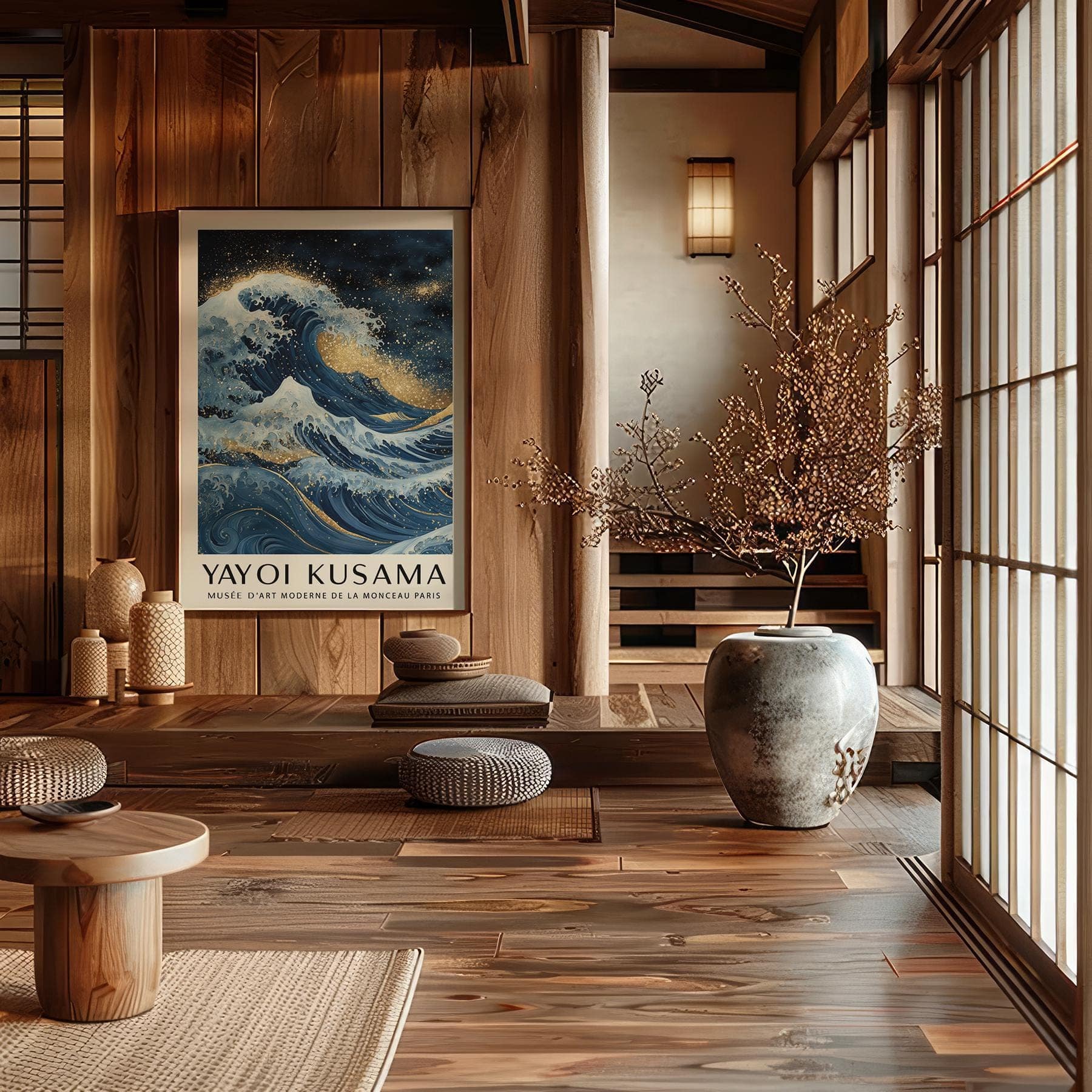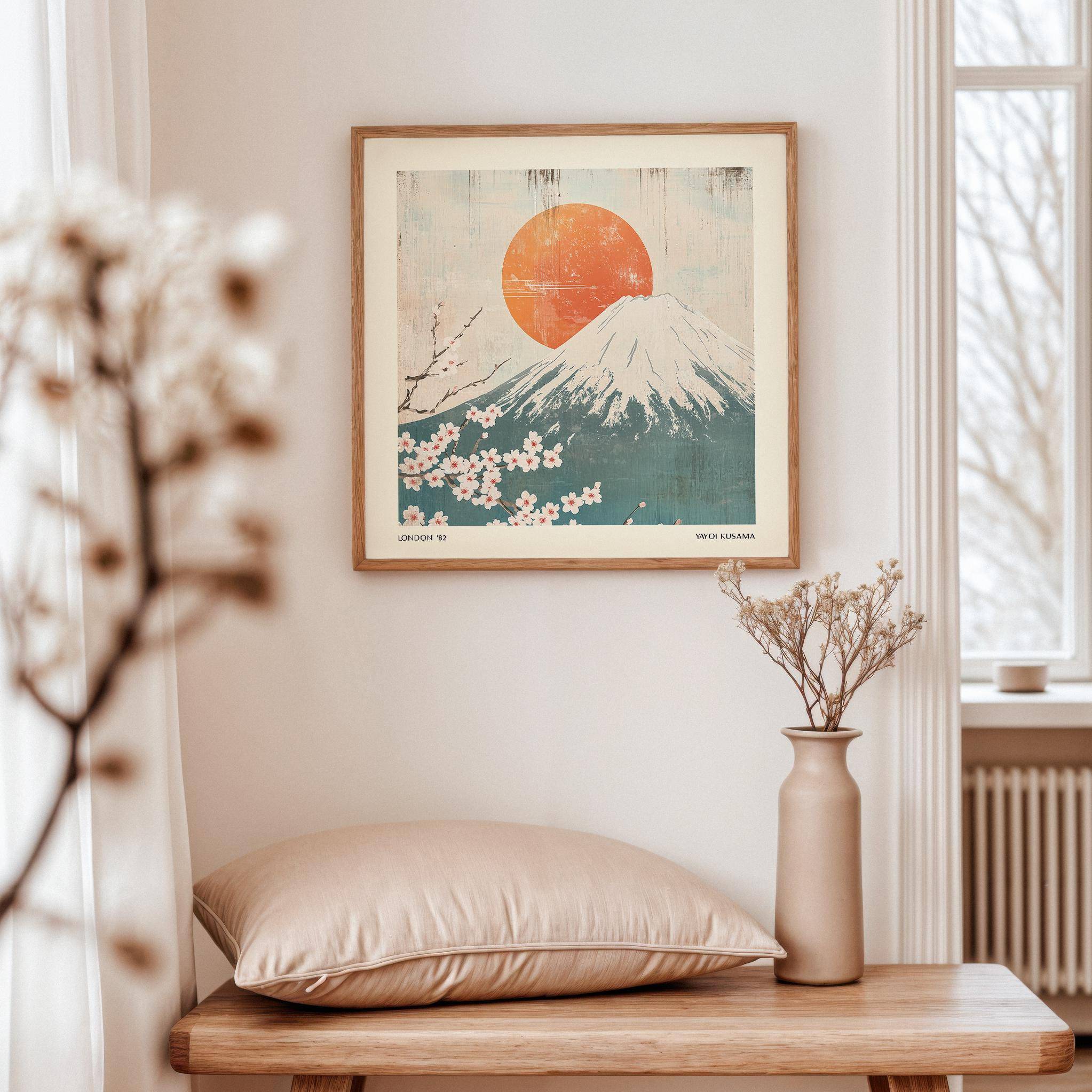Japanese art is a rich tapestry woven over millennia, reflecting the nation’s deep cultural heritage and evolving aesthetic sensibilities. From the earliest pottery of the Jōmon period to contemporary expressions in manga and anime, Japanese art offers a profound insight into the country’s history, philosophy, and cultural expression.
Introduction to Japanese Culture
Japanese culture is a unique and fascinating blend of traditional and modern elements, with a rich history dating back to the 10th millennium BCE. The country’s strategic location on the Asian continent has allowed it to absorb and assimilate various cultural influences, including Chinese culture, Buddhist art, and Western styles. This cultural amalgamation is evident in the diverse expressions of Japanese art, from ancient pottery to contemporary installations.
Japanese culture is characterized by its emphasis on natural beauty, simplicity, and elegance. This is vividly seen in traditional Japanese painting and decorative arts, where the natural world is often depicted with a sense of harmony and balance. The concept of “wabi-sabi,” which finds beauty in imperfection and transience, is a key aspect of Japanese aesthetics. This philosophy influences the creation of artworks, such as woodblock prints and sculptures, where the natural aging process and imperfections are celebrated rather than concealed.
Japan’s vibrant culture is also reflected in its many festivals and traditions. Events like the Cherry Blossom Festival and Golden Week showcase the country’s love for nature and community. These celebrations are not only a testament to Japan’s rich cultural heritage but also a reflection of its ability to blend the old with the new, creating a dynamic and ever-evolving cultural landscape.
The Evolution of Japanese Art
Jōmon Period (c. 10,000–300 BCE)
The Jōmon period marks the genesis of Japanese art, characterized by the nomadic hunter-gatherers who created cord-patterned pottery and figurines known as dogū. These artifacts, often with intricate designs, suggest a society deeply connected to nature and spiritual practices.
Yayoi and Kofun Periods (c. 300 BCE–710 CE)
The Yayoi period introduced new artistic techniques, including metalworking and wheel-thrown pottery, reflecting increased interaction with continental cultures. The aesthetic qualities and practical uses of ceramics during the Yayoi period also highlight the advancements in craftsmanship and their significance in daily life. The subsequent Kofun period is noted for its massive burial mounds and haniwa clay figures, which served both decorative and ritualistic purposes.
Asuka and Nara Periods (538–794)
The introduction of Buddhism during the Asuka period profoundly influenced Japanese art, leading to the creation of grand temples and intricate sculptures. Japanese Buddhist sculpture played a significant role in the development of Japanese art, showcasing its historical and cultural value. The Nara period saw the establishment of a centralized government, with art serving both religious and political functions.
Heian Period (794–1185)
The Heian period is often regarded as a golden age of Japanese culture. Courtly life flourished, giving rise to yamato-e painting and emakimono (illustrated handscrolls), which depicted narratives from literature and folklore with delicate brushwork and bright colors.
Kamakura and Muromachi Periods (1185–1573)
The Kamakura period introduced a more realistic and dynamic style, influenced by the rise of the samurai class. A new interest in reviving earlier aristocratic values and traditions in Japanese art emerged during the Muromachi period. Zen Buddhism’s prominence during the Muromachi period led to the development of sumi-e (ink wash painting) and the art of the tea ceremony, emphasizing simplicity and spiritual depth.
Azuchi-Momoyama and Edo Periods (1573–1868)
The Azuchi-Momoyama period was marked by opulent art, reflecting the power of warlords. The Edo period, however, brought about the popularization of ukiyo-e woodblock prints, capturing scenes of urban life, landscapes, and kabuki actors. Artists like Hokusai and Hiroshige became renowned for their masterful compositions.
Hokusai's 'Thirty-Six Views of Mount Fuji' series is particularly significant in Japanese art, showcasing the unique variations in the prints and their historical context.
Key Elements of Japanese Aesthetics
Wabi-Sabi
Central to Japanese aesthetics is the concept of wabi-sabi, which finds beauty in imperfection and transience. This philosophy is evident in various art forms, from the rustic simplicity of tea bowls to the weathered textures of ancient temples.
An example of an artwork that embodies the wabi-sabi philosophy is the Raku tea bowl, known for its irregular shape and natural glaze, reflecting the beauty of imperfection.
Kintsugi
Kintsugi, the art of repairing broken pottery objects with gold lacquer, embodies the wabi-sabi ethos. Rather than hiding imperfections, it highlights them, telling a story of resilience and transformation.
Shodō (Calligraphy)
Japanese calligraphy, or shodō, is more than writing; it's a meditative practice that conveys the artist's spirit through brushstrokes. Each character is a balance of form and space, reflecting harmony and discipline.
Traditional Japanese Painting
Traditional Japanese painting, known as “Nihonga,” boasts a long history, with techniques and styles developed over centuries, heavily influenced by Chinese painting and Buddhist art. Nihonga often features natural scenes, such as the iconic Mount Fuji, and emphasizes the use of traditional materials like Japanese paper and ink. These paintings are characterized by bold brushstrokes, vibrant colors, and delicate patterns, creating a visual harmony that reflects the beauty of the natural world.
The Edo period marked a significant era for Japanese painting, particularly with the rise of ukiyo-e prints. These prints became a popular form of art, capturing scenes of urban life, landscapes, and kabuki actors. Artists like Katsushika Hokusai and Hiroshige created iconic works, such as Hokusai’s “The Great Wave,” which remain celebrated for their masterful compositions and vivid imagery.
Traditional Japanese painting continues to inspire contemporary artists, who blend modern techniques with traditional styles to create unique and innovative works. This fusion of old and new ensures that the rich legacy of Japanese painting remains vibrant and relevant in today’s art world.
The Art of Japanese Prints
Japanese prints, particularly ukiyo-e prints, are a significant part of Japanese art, with a history dating back to the 17th century. Influenced by Chinese culture and Buddhist art, ukiyo-e prints depict delicate and colorful images, often featuring scenes from nature and everyday life. The intricate techniques of woodblock printing used to create these prints highlight the craftsmanship and artistic skill of Japanese printmakers.
Ukiyo-e prints were highly influential in the development of Western art, with artists like Van Gogh and Monet drawing inspiration from their compositions and use of color. The MFA’s Japanese print collection, one of the largest outside Japan, showcases the diversity and beauty of Japanese printmaking, with over 50,000 sheets that reflect the rich history and artistic innovation of this medium.
The art of Japanese prints continues to evolve, with contemporary artists experimenting with new techniques and styles while still honoring traditional methods and aesthetics. This ongoing evolution ensures that Japanese printmaking remains a dynamic and influential art form.
Influence of Japanese Artists
Japanese artists have had a significant impact on the global art scene, with their unique styles and techniques influencing artists from around the world, including those from the Korean peninsula and China. The influence of Japanese art is evident in the works of Western artists like Claude Monet and Mary Cassatt, who were inspired by Japanese prints and painting.
Renowned Japanese artists, such as Katsushika Hokusai and Yayoi Kusama, have become household names, with their artworks highly prized by collectors and museums worldwide. Hokusai’s “The Great Wave” and Kusama’s polka-dotted installations are just a few examples of how Japanese art has captivated global audiences.
The cultural exchange between Japan and other countries has led to the development of new and innovative art forms. This fusion of traditional Japanese techniques with modern Western styles has created a rich and diverse artistic landscape. Japanese artists continue to push the boundaries of art, experimenting with new materials, techniques, and themes, while still honoring the country’s rich cultural heritage.
Cultural Exchange and Inspiration
Japan’s cultural exchange with other countries has been a significant factor in the development of its art. Influences from China, Korea, and the West have shaped Japan’s unique aesthetic, creating a rich tapestry of artistic expression. The introduction of Buddhism from China and Korea had a profound impact on Japanese art, leading to the development of Buddhist sculpture and painting.
The Edo period saw a significant increase in cultural exchange with the West, with Japanese artists incorporating Western techniques and styles into their work. This period of cross-cultural interaction enriched Japanese art, leading to innovative artistic developments.
The Meiji period marked a significant turning point in Japan’s cultural exchange, with the country opening up to the world and embracing modernization and Westernization. This era saw a blending of traditional Japanese art with Western influences, creating a dynamic and evolving art scene.
Today, Japan continues to be a hub of cultural exchange, with artists from around the world drawn to the country’s vibrant art scene. Japanese artists inspire new generations of artists globally, ensuring that the rich legacy of Japanese art continues to thrive and evolve.














































